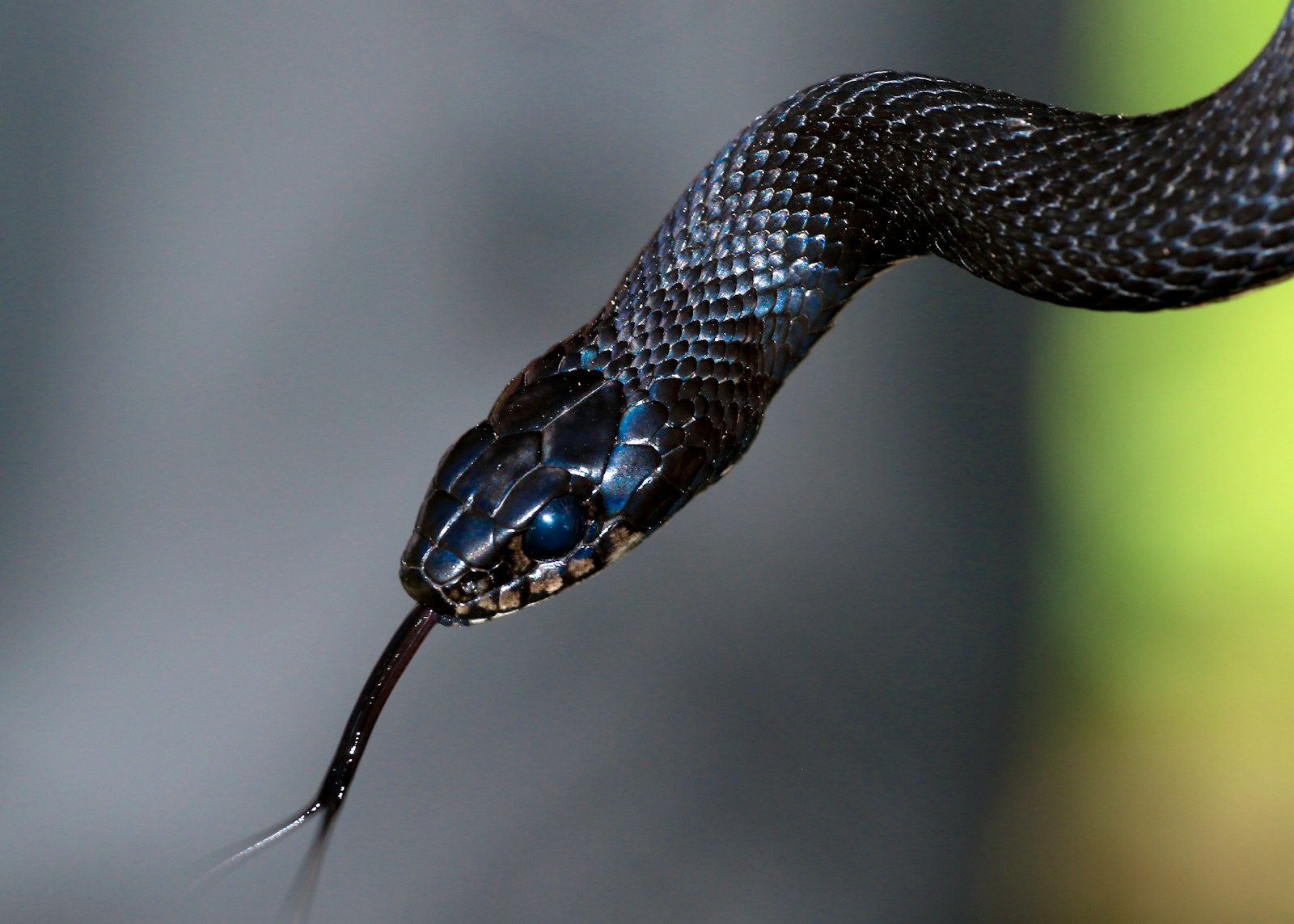Creating a safe and comfortable home for your pet snake is an essential responsibility for any reptile enthusiast. While commercial enclosures are readily available, many snake owners prefer to build custom habitats that perfectly suit their serpentine companions’ specific needs. DIY snake enclosures allow for greater customization, can be more cost-effective, and give owners a deeper sense of connection to their pets’ wellbeing. However, not all building materials are suitable for snake habitats. The wrong choices can introduce toxic elements, create unhygienic conditions, or fail to provide proper insulation. This article explores five snake-friendly materials that are excellent choices for constructing DIY enclosures, ensuring your slithery friend remains healthy and content in its custom-built home.
PVC (Polyvinyl Chloride) Panels
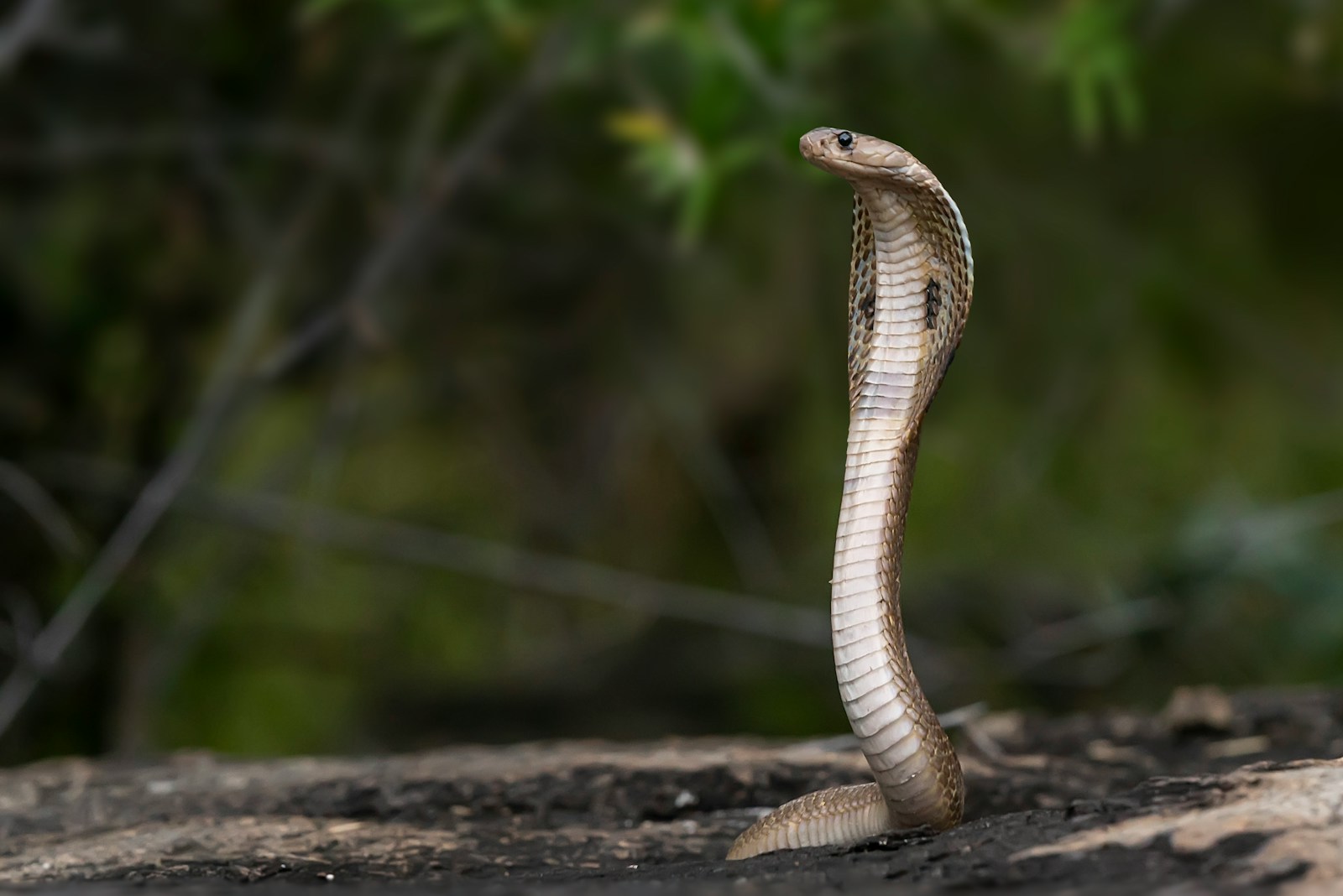
PVC panels have become increasingly popular among snake enthusiasts for constructing enclosures, and for good reason. This versatile material offers exceptional moisture resistance, making it ideal for maintaining the humidity levels many snake species require. Unlike wood, PVC won’t warp, rot, or develop mold when exposed to the damp conditions common in reptile habitats. The smooth, non-porous surface of PVC panels also makes cleaning and disinfecting remarkably straightforward—a critical consideration for preventing bacterial growth and maintaining proper hygiene. Additionally, PVC provides excellent insulation properties, helping to maintain stable temperatures within the enclosure, which is vital for your cold-blooded companion’s health. Professional-grade PVC panels designed specifically for animal enclosures typically come in various thicknesses and colors, allowing for customization while ensuring the material is free from harmful additives that could affect your snake’s wellbeing.
Melamine-Coated Particle Board
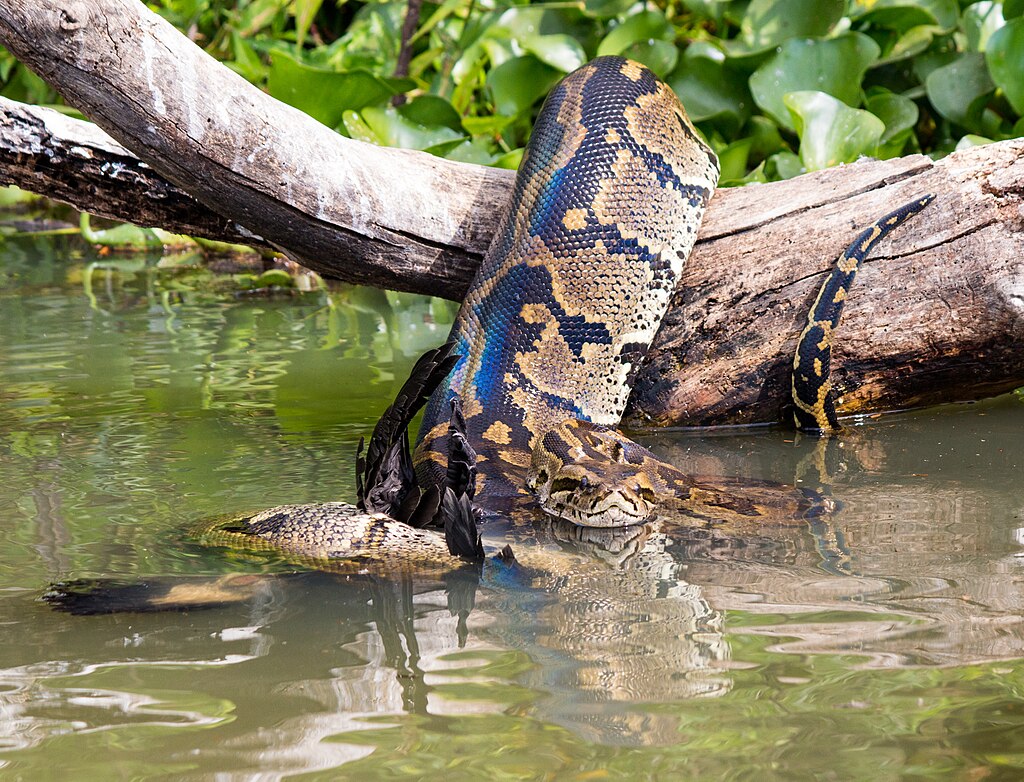
Melamine-coated particle board represents an affordable yet functional option for DIY snake enclosures when properly sealed and maintained. The melamine coating creates a smooth, water-resistant surface that prevents moisture absorption—a crucial feature since bare particle board would quickly deteriorate in humid conditions. This material is relatively lightweight compared to solid wood alternatives while still offering decent structural integrity for most snake enclosures. The white melamine finish typically available reflects light well within the habitat, creating a brighter environment that makes observing your pet easier and potentially reducing electricity costs for lighting. When constructing with melamine boards, it’s essential to seal all edges and drill holes with a waterproof silicone sealant to prevent moisture ingress, which could cause swelling or breakdown of the underlying particle board. With proper edge sealing and regular inspection for any damage to the protective coating, melamine enclosures can provide years of service as a comfortable snake habitat.
Tempered Glass
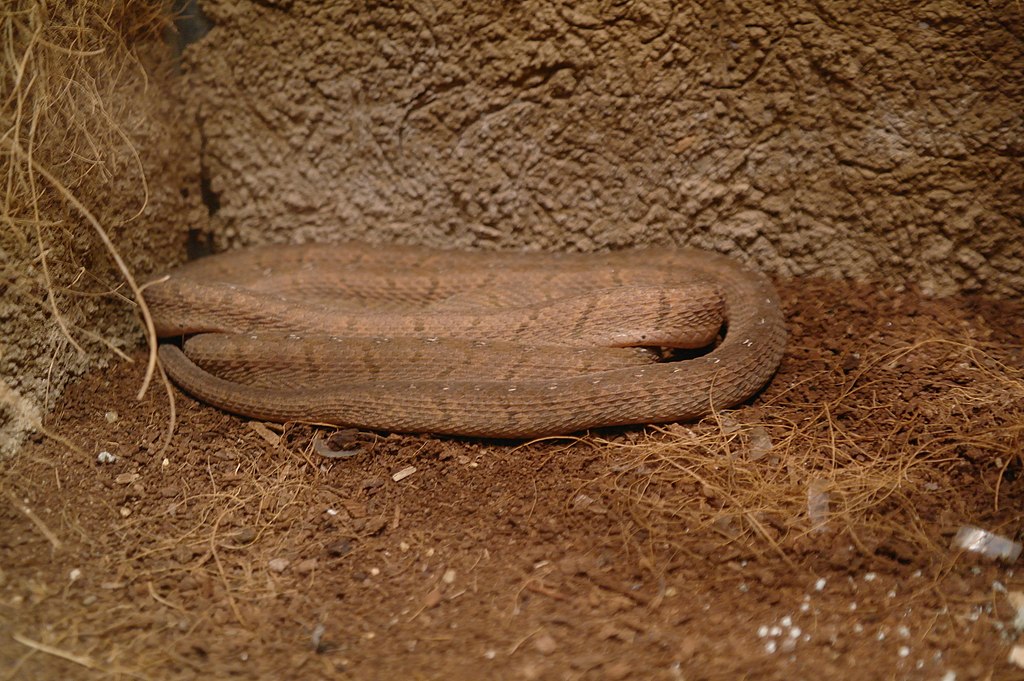
Tempered glass serves as an excellent material for viewing panels in snake enclosures, offering both practical benefits and aesthetic appeal. Unlike regular glass, tempered variants undergo special heat treatments that increase their strength by up to five times, making them significantly more resistant to impacts and temperature fluctuations—important considerations when housing potentially active reptiles. The transparent nature of glass provides unobstructed observation of your snake’s behavior and health, allowing owners to monitor their pets without disturbing them by opening the enclosure. From a maintenance perspective, glass surfaces are exceptionally easy to clean and disinfect, as they don’t absorb odors or harbor bacteria the way porous materials might. When incorporating tempered glass into a DIY enclosure, it’s advisable to use thicker panels (at least 4-6mm) for added durability and to install proper tracks or frames that securely hold the glass while allowing for sliding access when needed. Many snake keepers appreciate how glass panels create a more natural-looking habitat that showcases their pet while maintaining the security and environmental control reptiles require.
Food-Grade Plastic Containers
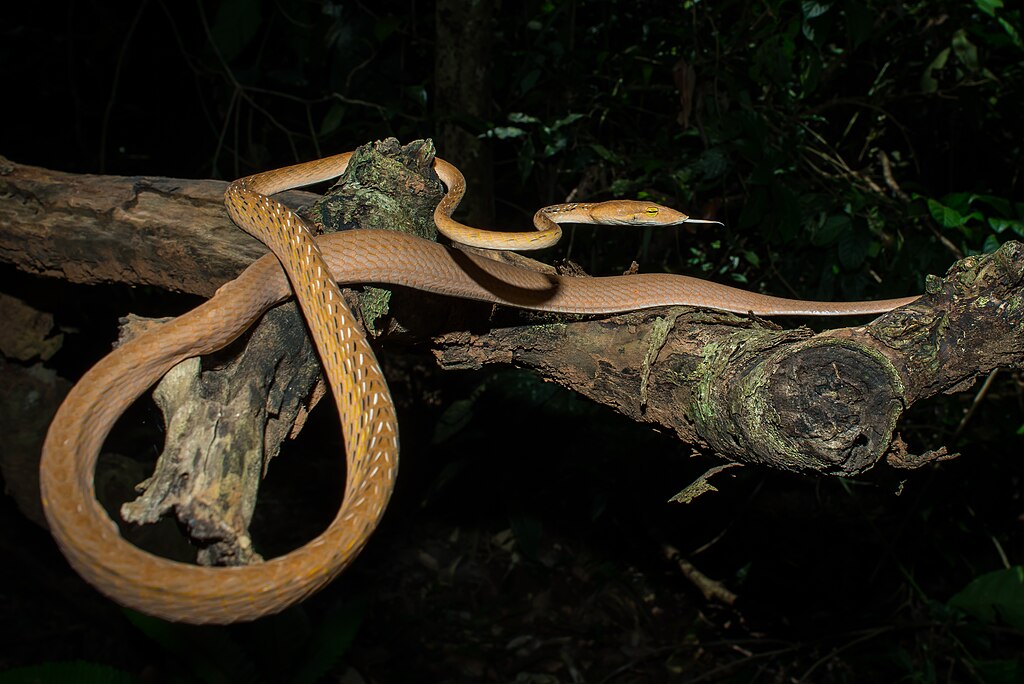
Food-grade plastic containers offer a practical, economical solution for housing smaller snake species or creating temporary enclosures during cleaning or travel. These containers, particularly those made from high-density polyethylene (HDPE) or polypropylene (PP), are designed to be non-toxic and resistant to chemical leaching, ensuring they won’t release harmful substances that could affect your snake’s health. The transparent or translucent nature of many plastic containers allows for easy monitoring of your snake without causing stress from constant handling. Large storage tubs can be effectively modified by adding secure, ventilated lids and creating appropriate holes for heating elements and thermometers. The smooth interior surfaces of plastic containers minimize the risk of scale damage and make cleaning straightforward, while their lightweight construction means they’re easily transportable for vet visits or relocation. When selecting plastic containers, opt for those specifically labeled as food-grade and avoid those with strong chemical odors that might indicate the presence of harmful additives not suitable for animal housing.
Marine or Exterior-Grade Plywood

Marine or exterior-grade plywood stands out as an exceptional building material for larger, more permanent snake enclosures that require substantial structural integrity. Unlike standard plywood, these specialized variants are manufactured with waterproof glues and often treated to resist moisture, rot, and fungal growth—all critical considerations in the typically humid environment of a snake habitat. The layered construction of marine plywood provides excellent strength and rigidity while remaining lighter than solid wood options, making it easier to work with during construction and more manageable if the enclosure needs to be moved. When using plywood for snake enclosures, it’s essential to seal all surfaces with multiple coats of non-toxic polyurethane or reptile-safe epoxy to create a completely waterproof barrier that prevents moisture absorption and makes cleaning more effective. The natural wood appearance can create a more aesthetically pleasing enclosure than plastic alternatives, especially when combined with proper design elements that showcase your snake’s natural behaviors. For owners with carpentry skills, plywood offers tremendous flexibility in creating custom-sized enclosures with built-in features like ledges, hiding spots, or integrated heating systems tailored specifically to your snake’s species requirements.
Proper Sealants for Snake Enclosures
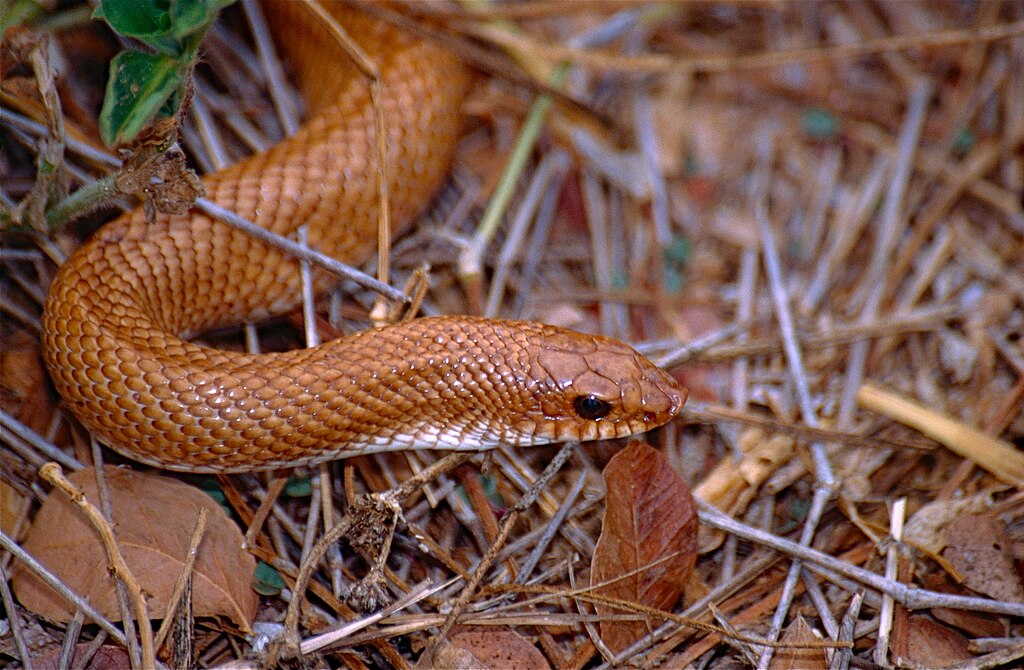
Selecting appropriate sealants represents a crucial but often overlooked aspect of constructing safe DIY snake enclosures. The ideal sealant must be 100% non-toxic once fully cured, typically requiring at least 24-72 hours of ventilation before introducing your snake to its new home. Aquarium-grade silicone sealants have become the gold standard for reptile enclosures because they create waterproof seals while remaining inert and safe after curing, with no harmful off-gassing that could affect sensitive reptilian respiratory systems. When applying sealants, particular attention should be paid to corners, edges, and any joints where different materials meet, as these areas are most vulnerable to moisture intrusion that could compromise the enclosure’s integrity over time. Beyond silicone, specialized reptile-safe epoxy coatings can provide comprehensive waterproofing for wooden components while creating a durable, cleanable surface that resists bacterial growth. Before using any sealant in your snake’s habitat, verify its safety through reptile-keeping forums, specialized reptile supply companies, or consultation with experienced herpetologists to ensure you’re not inadvertently introducing harmful chemicals into your pet’s environment.
Temperature Considerations for Material Selection

Understanding how different materials conduct, retain, and distribute heat is paramount when designing a snake enclosure, as proper thermoregulation directly impacts your reptile’s health and behavior. Materials with higher thermal mass, such as thick wood or PVC panels, tend to maintain more stable temperatures and resist rapid fluctuations that could stress your snake’s thermoregulatory system. Conversely, thin plastic or glass enclosures may experience more dramatic temperature swings unless supplemented with appropriate heating equipment and thermostats. When positioning heating elements within your DIY enclosure, the material’s heat conductivity becomes particularly relevant—some materials might create dangerous hot spots if heaters are placed directly against them, while others distribute heat more evenly throughout the habitat. Creating appropriate temperature gradients (warm and cool zones) within the enclosure often requires thoughtful material selection for different areas, potentially combining insulative materials like wood in some sections with better heat conductors in basking areas. For species with specialized temperature requirements, consider how your chosen materials will interact with heating equipment to create the precise microclimate your particular snake species needs to thrive.
Ventilation Requirements and Material Modifications
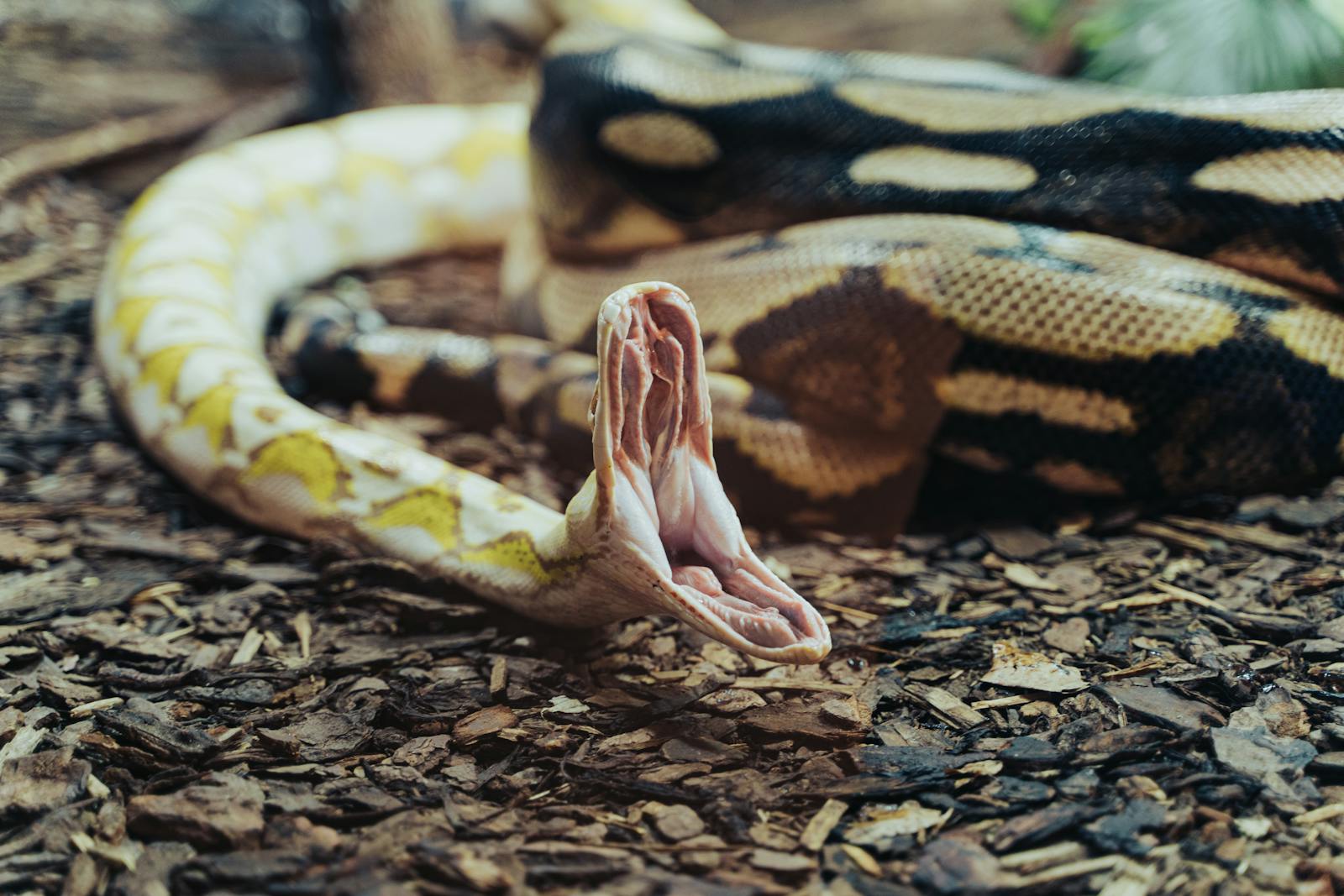
Proper ventilation represents a critical balance in snake enclosures—sufficient airflow prevents stagnant conditions that promote bacterial growth while avoiding excessive ventilation that could compromise humidity levels many species require. Different construction materials necessitate varying approaches to ventilation; more breathable materials like wood may require fewer dedicated vents compared to sealed materials like PVC or glass that need strategically placed openings. When incorporating ventilation into solid materials, specialized reptile vents constructed from snake-safe metals or plastics can be installed by drilling appropriate-sized holes and securing the vents with non-toxic adhesives or mechanical fasteners. The placement of ventilation points requires careful consideration—typically, a combination of lower and upper vents creates natural convection airflow that refreshes the enclosure atmosphere without creating drafty conditions that could stress your snake. For high-humidity species, adjustable or closable vents offer valuable flexibility to modify airflow based on seasonal changes or specific husbandry requirements. Remember that proper ventilation not only benefits your snake’s respiratory health but also helps regulate humidity and prevents condensation that could damage your carefully selected enclosure materials over time.
Substrate Compatibility with Enclosure Materials
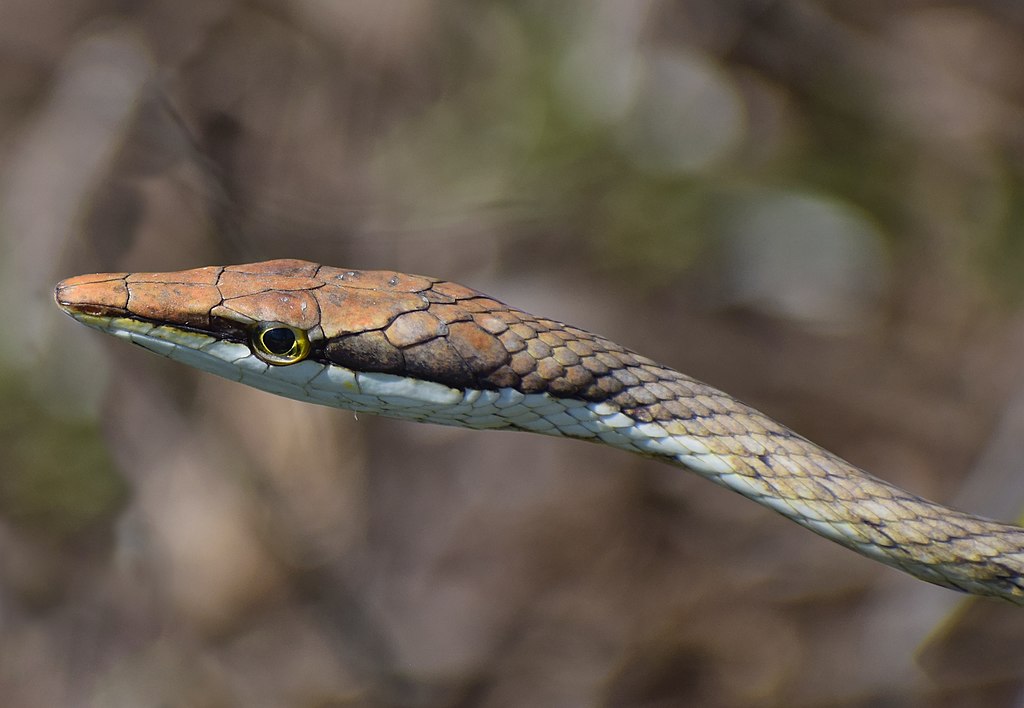
The interaction between your chosen substrate and enclosure materials significantly impacts both the longevity of your DIY habitat and your snake’s health. Certain substrates, particularly those designed to retain moisture like cypress mulch or coconut husk, can accelerate deterioration of inadequately sealed wood products or cause corrosion in some metal components used for fixtures or fasteners. When using these moisture-retaining substrates, enclosure materials with excellent water resistance such as PVC or properly sealed marine plywood become especially important for preventing structural degradation over time. The texture of your enclosure’s floor surface affects how different substrates distribute and remain in place—smoother materials may allow substrates to shift more readily, potentially exposing bare floor areas your snake uses for thermoregulation or causing substrate to pile unevenly. For burrowing species, deeper substrate layers necessitate enclosure materials with sufficient height and structural integrity to accommodate this natural behavior without compromising the habitat’s security. Additionally, consider how your substrate choice affects cleaning protocols—some enclosure materials might be damaged by the more rigorous cleaning methods required for certain absorbent substrates that tend to harbor bacteria or parasites.
Safety Considerations for Material Edges and Joints
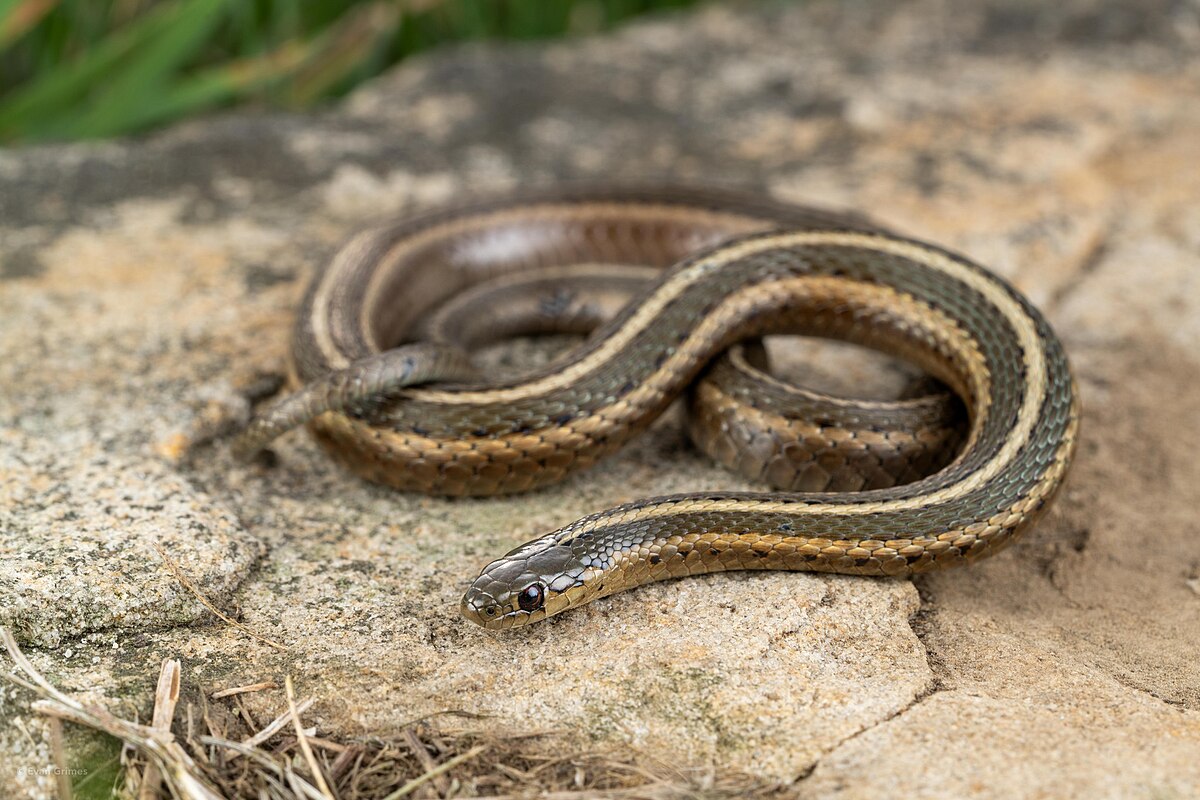
Creating a safe environment for your snake requires careful attention to the edges, corners, and joints where different enclosure materials meet. Sharp edges or rough surfaces can cause serious injuries to your snake’s delicate scales and skin, potentially leading to infections or behavioral problems as your pet tries to avoid painful areas. When cutting materials like PVC, plywood, or melamine boards, always sand down any rough edges until completely smooth, then apply appropriate sealant to ensure no splinters or sharp points remain. For glass panels, ensure all edges are properly finished or covered with specialized edge protectors designed for terrarium construction. The joints between materials deserve particular scrutiny, as gaps or loose connections not only compromise the structural integrity of your enclosure but might create spaces where your snake could become trapped or injured. Professional-quality corner braces and appropriate fasteners (avoiding any that protrude into the enclosure) help create secure, seamless transitions between different materials. For sliding doors or access panels, install proper tracks with smooth operation to eliminate pinch points that could harm your snake during routine maintenance or interaction.
Cleaning Compatibility of Different Materials
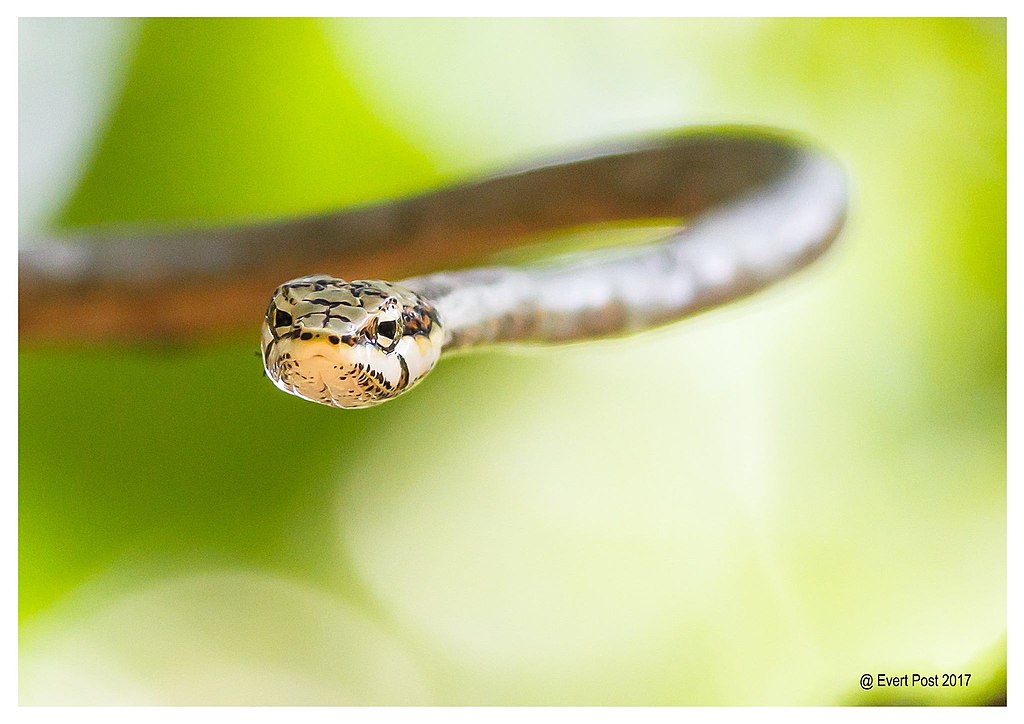
The ease and effectiveness of cleaning various enclosure materials directly impacts your snake’s health and the longevity of your DIY habitat. Non-porous materials like glass, PVC, and properly sealed melamine offer significant advantages in this regard, as they prevent bacterial and fungal penetration while allowing for thorough surface disinfection with appropriate reptile-safe cleaners. Wood-based materials, even when sealed, typically require more cautious cleaning approaches to prevent moisture penetration that could compromise their structural integrity over time. When selecting cleaning products, consider how different materials might react—some plastics can cloud or crack when exposed to alcohol-based disinfectants, while certain wood sealants might break down under repeated exposure to bleach solutions. The texture of your chosen materials also affects cleaning efficiency; smoother surfaces naturally resist buildup of waste matter and shed skin, making routine maintenance simpler and more effective. For materials with joints or seams, such as where panels connect, ensure these areas receive special attention during cleaning as they often collect debris and can harbor bacteria in hard-to-reach crevices that might affect your snake’s health if left unaddressed.
Cost Analysis of Snake Enclosure Materials

Understanding the true cost implications of different enclosure materials extends beyond their initial purchase price to include longevity, maintenance requirements, and performance characteristics. PVC panels, while commanding a higher upfront investment than melamine or plywood alternatives, typically offer superior durability and moisture resistance that can translate to significantly lower replacement costs over your snake’s lifetime. When calculating material expenses, factor in the additional components required for proper implementation—melamine boards might seem economical until accounting for the specialized edge banding and sealants needed to make them suitable for reptile habitats. The tools required for working with different materials also affect your overall budget; glass cutting requires specialized equipment that might not be practical for one-time projects, while wood and PVC can be processed with more common household tools. Energy efficiency represents another often-overlooked cost consideration—better-insulating materials like thick PVC or properly sealed plywood can reduce electricity consumption for heating elements, generating long-term savings on utility bills. For budget-conscious snake keepers, consider hybrid approaches that strategically use premium materials in high-stress or moisture-prone areas while employing more economical options in drier, less critical sections of the enclosure.
Conclusion: Selecting the Ideal Materials for Your Snake Species
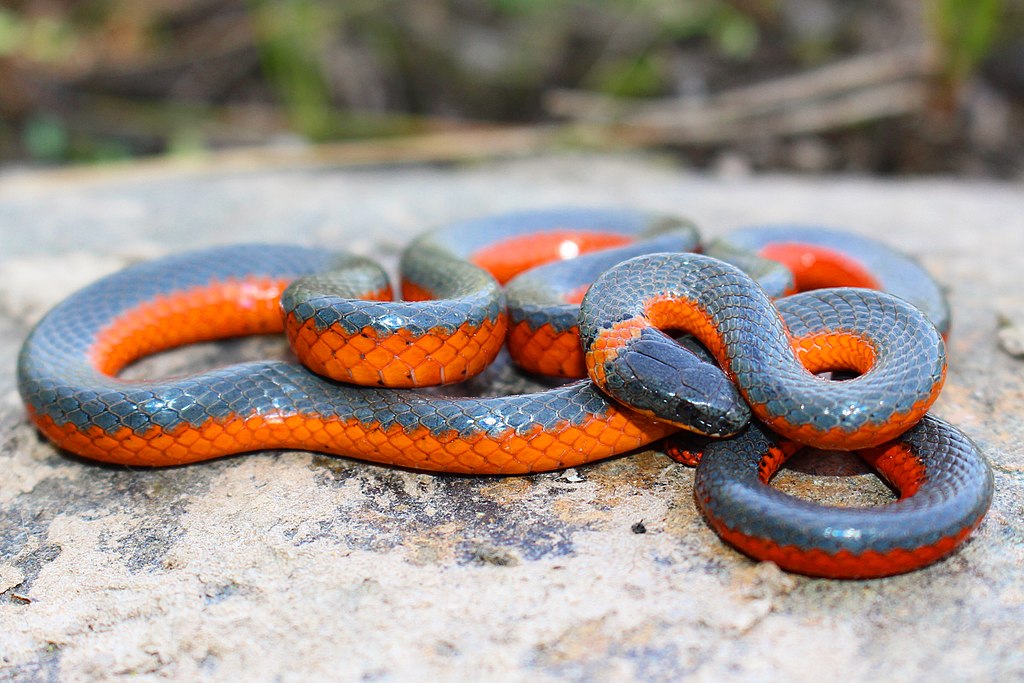
The perfect materials for your DIY snake enclosure ultimately depend on your specific reptile’s natural habitat requirements, your budget constraints, and your personal skill level with different construction techniques. Desert-dwelling species may thrive in enclosures that prioritize heat retention and lower humidity, making sealed wood or PVC excellent choices, while tropical species requiring higher humidity might benefit from the moisture resistance of marine plywood with appropriate ventilation systems. Consider your snake’s adult size and behavior patterns—heavier-bodied constrictors may require more robust materials than lightweight colubrids, while active climbers need secure attachment points for branches that won’t fail over time. Beyond the primary construction materials discussed in this article, remember that accessories like locks, hinges, and vents should also be selected with snake safety in mind. The most successful DIY enclosures typically combine materials strategically, using each for its strengths—perhaps glass for visibility, PVC for moisture resistance, and sealed wood for structural support. With careful material selection and proper implementation techniques, your custom-built snake habitat can provide a safe, comfortable environment for your serpentine companion while expressing your creativity and dedication as a responsible reptile keeper.

